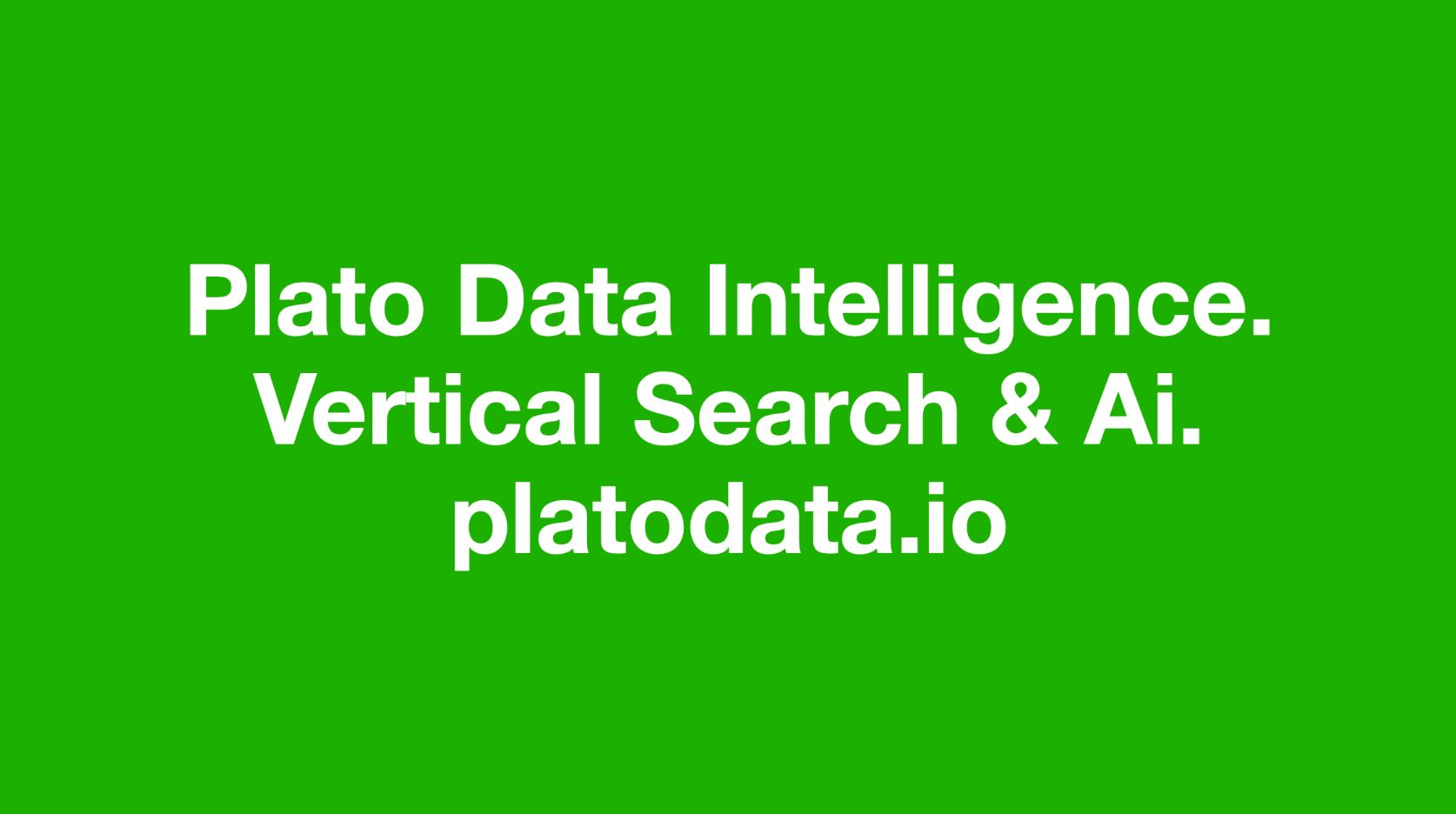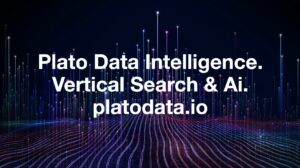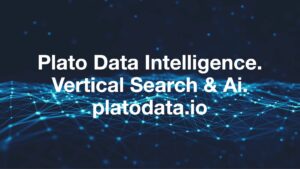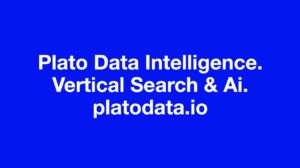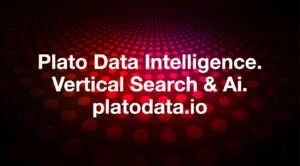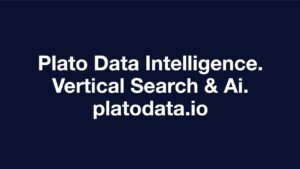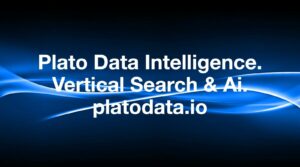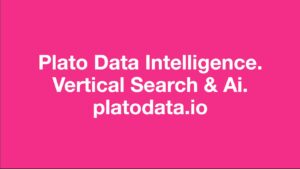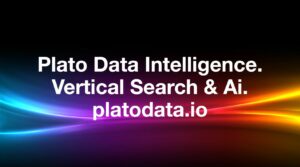Biocomputing is an emerging field of technology that uses living cells and organisms as computational resources. It has been gaining attention in recent years due to its potential to revolutionize computing and artificial intelligence (AI). One of the most promising areas of biocomputing is the use of mini-brains as computational resources. Mini-brains are tiny, 3D-printed organoids that can be grown in a lab and used to simulate the behavior of real brains.
Mini-brains have the potential to outperform traditional AI systems in many ways. They are capable of learning and adapting to new situations, just like real brains, and can be trained to solve complex problems. Mini-brains are also more energy-efficient than traditional AI systems, as they require less energy to operate. Additionally, mini-brains can be used to model diseases and other biological processes, which could lead to breakthroughs in medical research.
Mini-brains have already been used to solve a variety of problems. For example, researchers at the University of California, San Diego have used mini-brains to develop a computer program that can identify objects in images. This program outperformed traditional AI systems and was able to identify objects with greater accuracy. Other researchers have used mini-brains to develop algorithms that can detect cancer cells and predict the progression of Parkinson’s disease.
Despite their potential, there are still many challenges that must be overcome before mini-brains can be used as reliable computational resources. For example, mini-brains are still relatively small and lack the complexity of real brains. Additionally, mini-brains require a lot of energy and resources to grow and maintain, which could limit their scalability. Finally, there are ethical concerns about using living organisms for computing purposes.
Overall, mini-brains have the potential to revolutionize computing and artificial intelligence. They are capable of learning and adapting to new situations, are more energy-efficient than traditional AI systems, and can be used to model diseases and other biological processes. However, there are still many challenges that must be overcome before mini-brains can be used as reliable computational resources.
- SEO Powered Content & PR Distribution. Get Amplified Today.
- Platoblockchain. Web3 Metaverse Intelligence. Knowledge Amplified. Access Here.
- Source: Plato Data Intelligence: PlatoAiStream
- :is
- a
- Able
- About
- accuracy
- Additionally
- AI
- AI / Web3
- AI systems
- AiWire
- algorithms
- already
- and
- ARE
- areas
- artificial
- artificial intelligence
- Artificial intelligence (AI)
- AS
- At
- attention
- BE
- before
- brains
- breakthroughs
- california
- CAN
- Cancer
- Cancer cells
- capable
- Cells
- challenges
- complex
- complexity
- computer
- computing
- Concerns
- could
- develop
- Diego
- Disease
- diseases
- emerging
- energy
- ethical
- example
- field
- Finally
- For
- gaining
- greater
- Grow
- grown
- Have
- However
- identify
- images
- in
- Intelligence
- IT
- ITS
- lab
- Lack
- lead
- learning
- like
- LIMIT
- living
- Lot
- maintain
- many
- medical
- medical research
- model
- more
- most
- New
- objects
- of
- ONE
- operate
- Other
- Outperform
- Overcome
- Parkinson’s Disease
- plato
- Plato AiWire
- Plato Data Intelligence
- PlatoData
- potential
- predict
- problems
- processes
- Program
- progression
- promising
- purposes
- real
- recent
- relatively
- reliable
- require
- research
- researchers
- Resources
- revolutionize
- San
- San Diego
- Scalability
- situations
- small
- SOLVE
- Still
- Systems
- Technology
- that
- The
- their
- to
- traditional
- trained
- university
- University of California
- use
- variety
- ways
- Web3
- which
- with
- years
- zephyrnet

